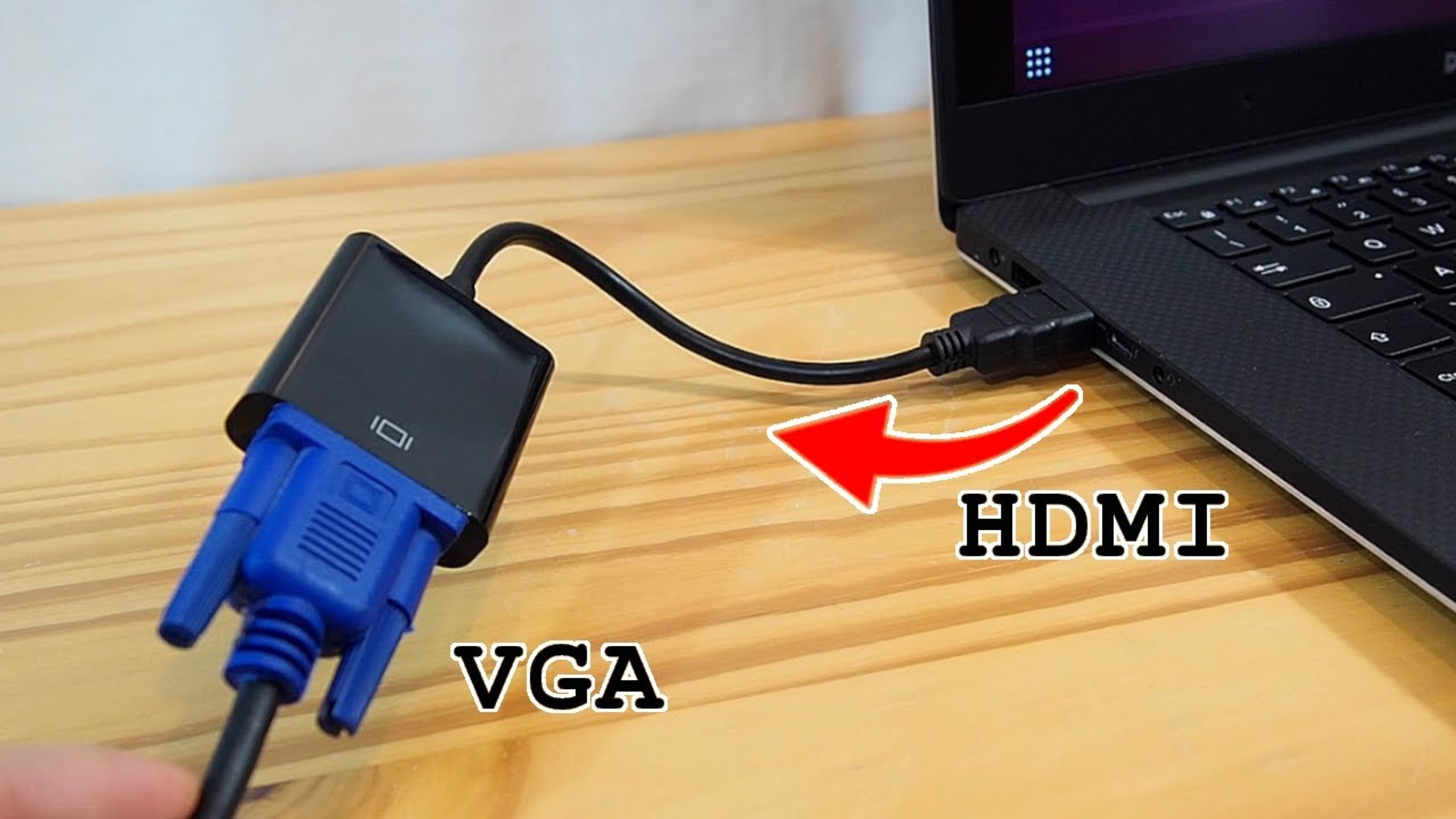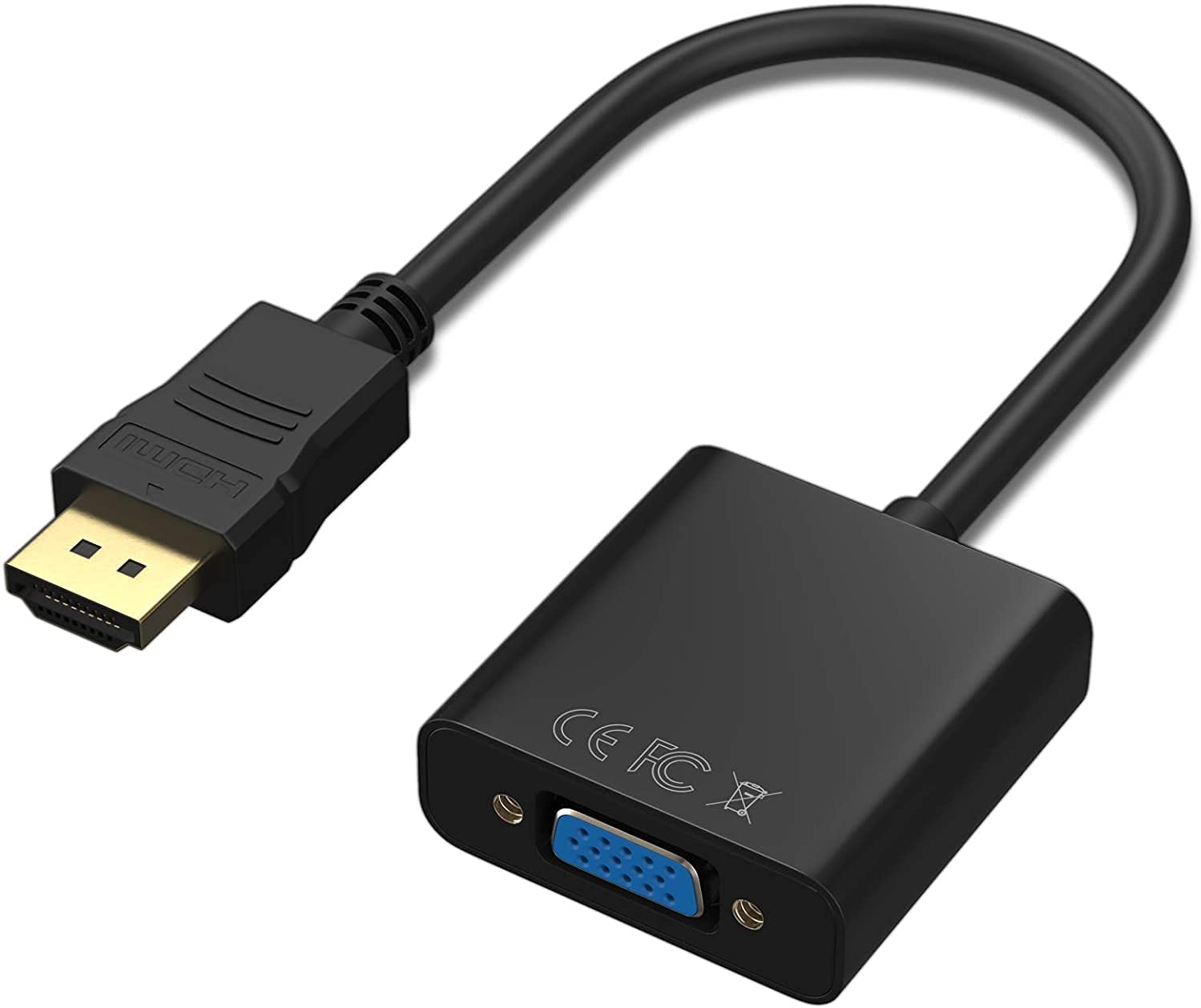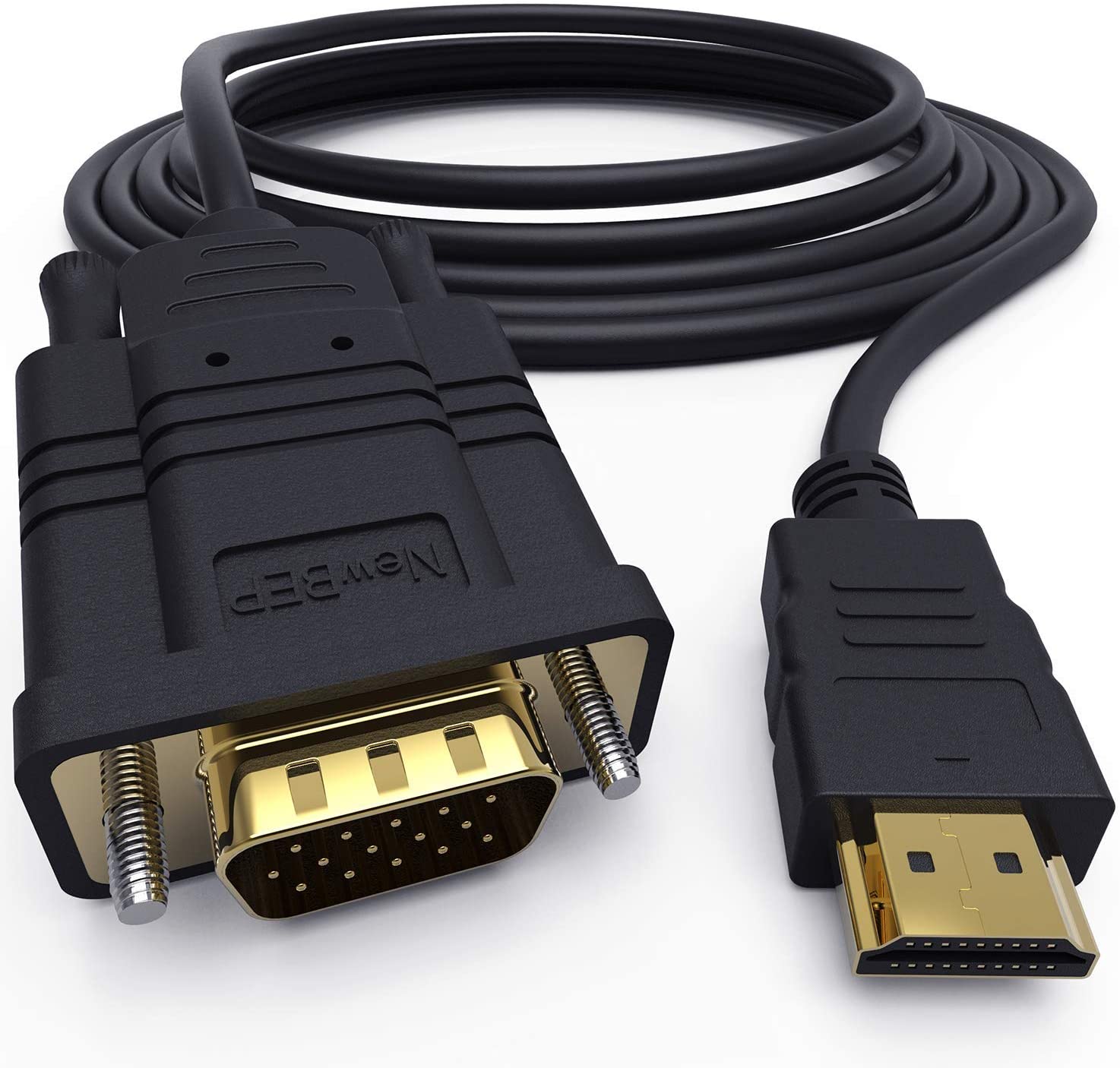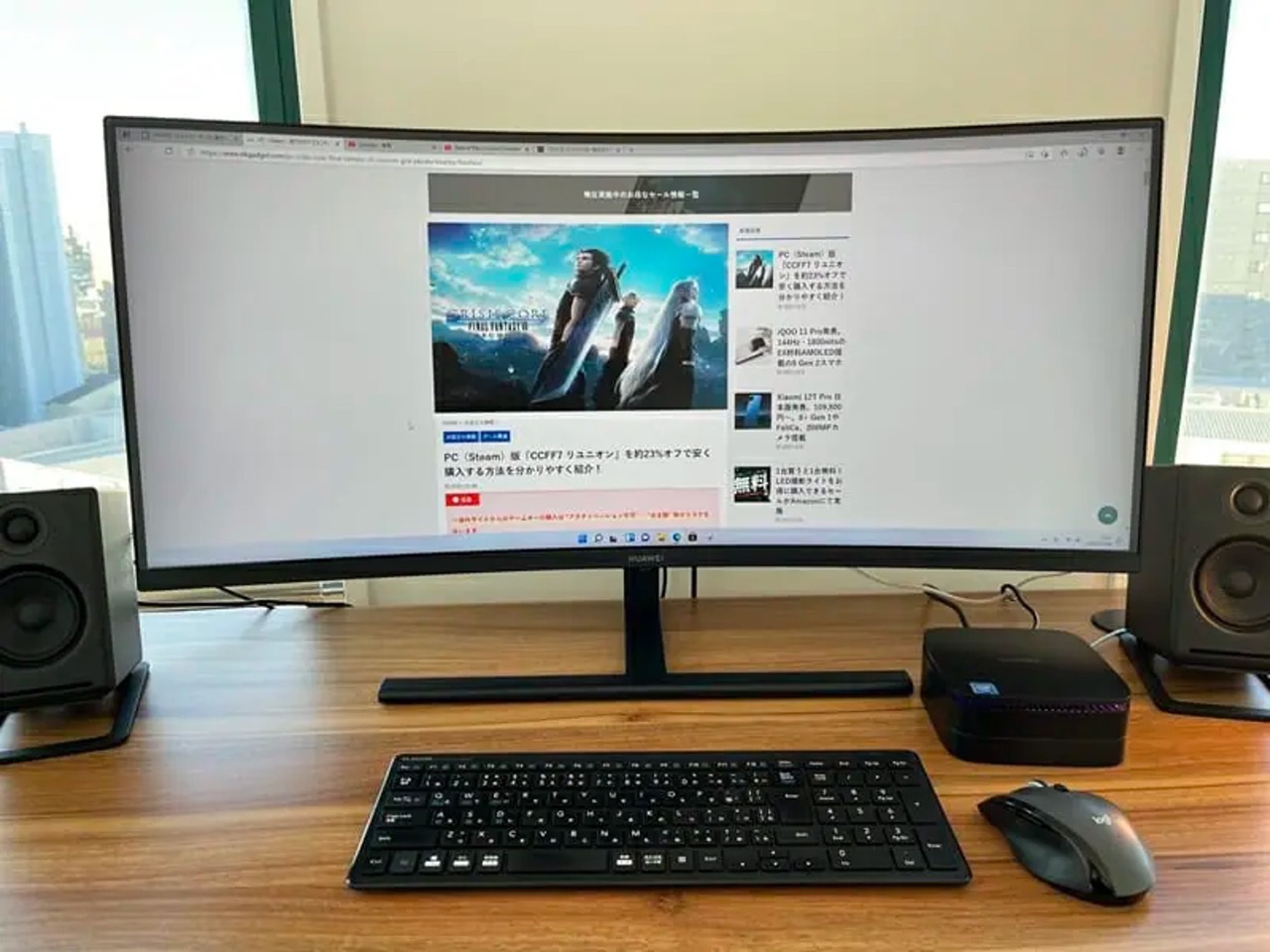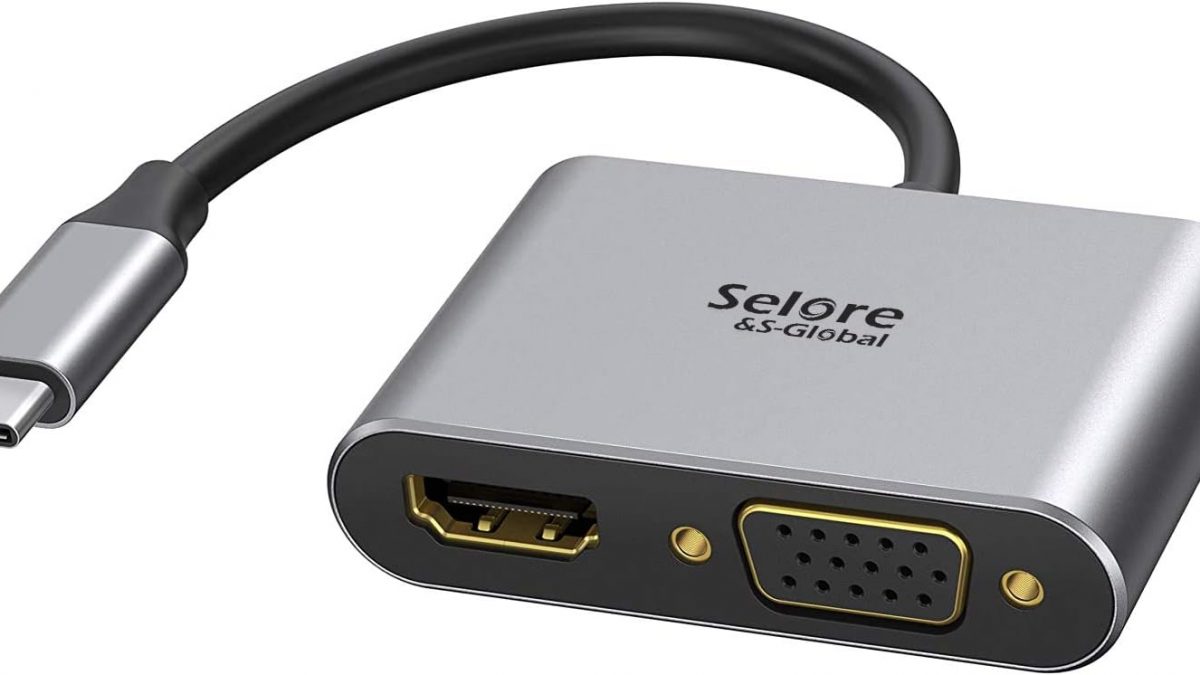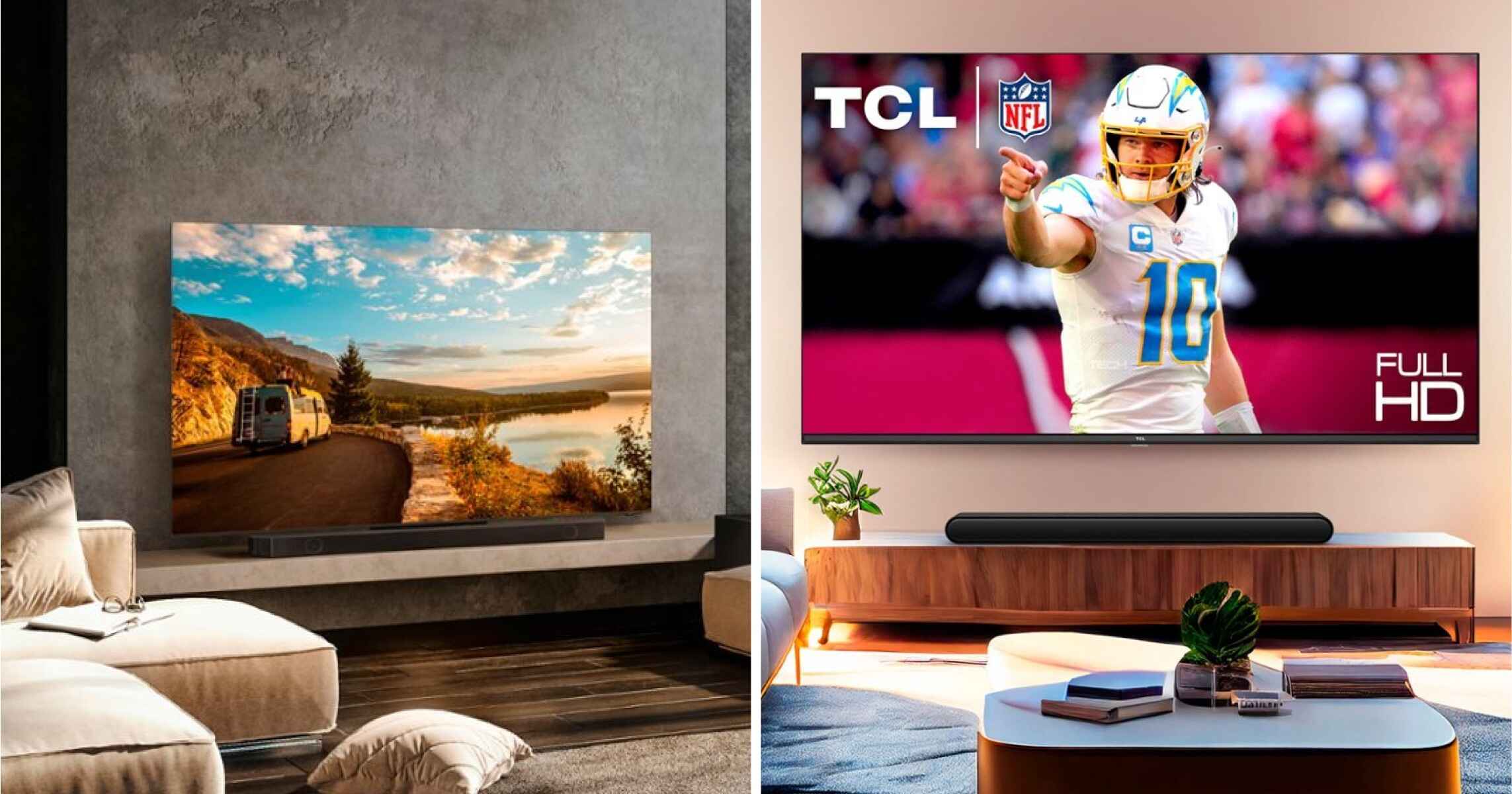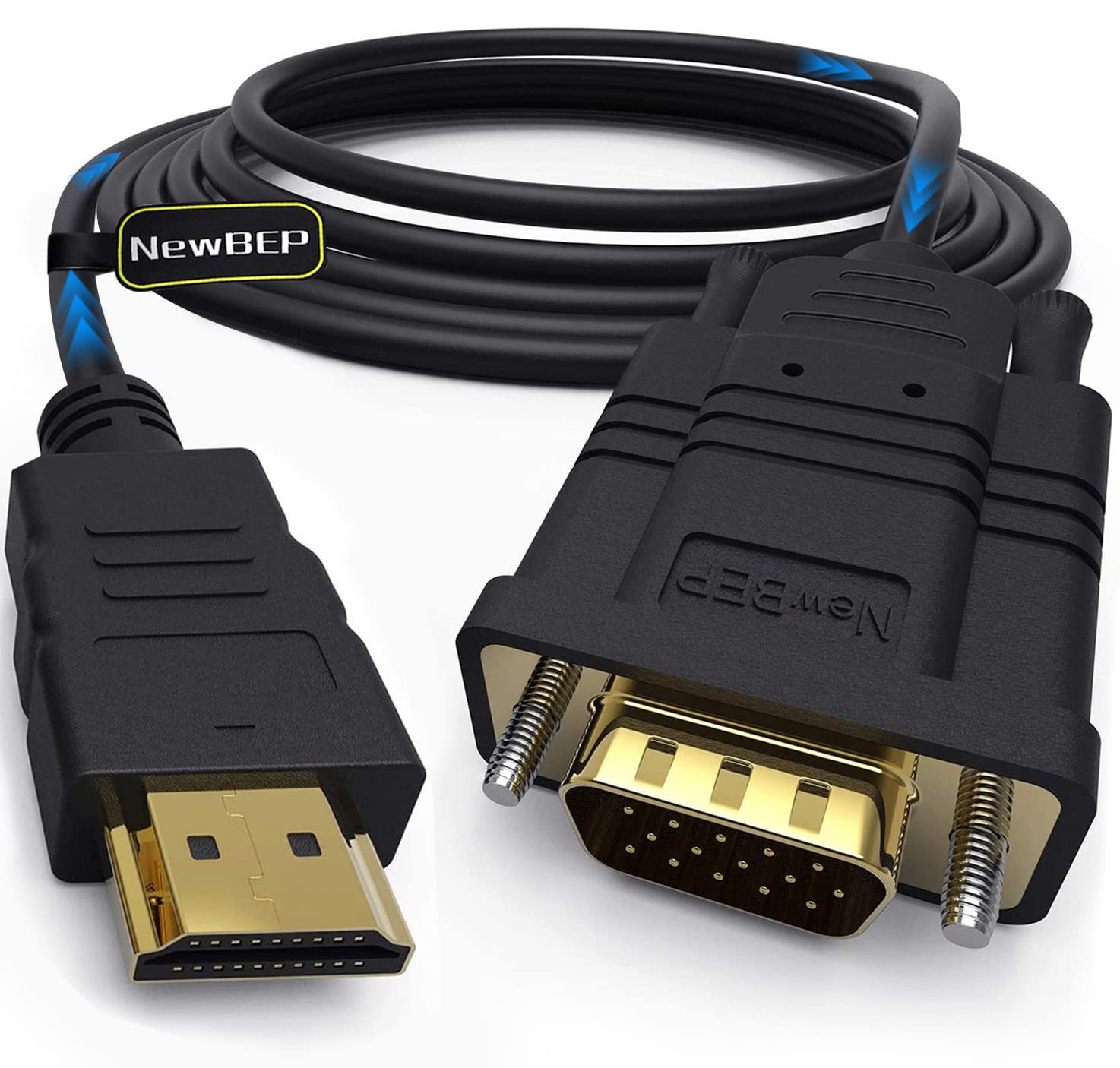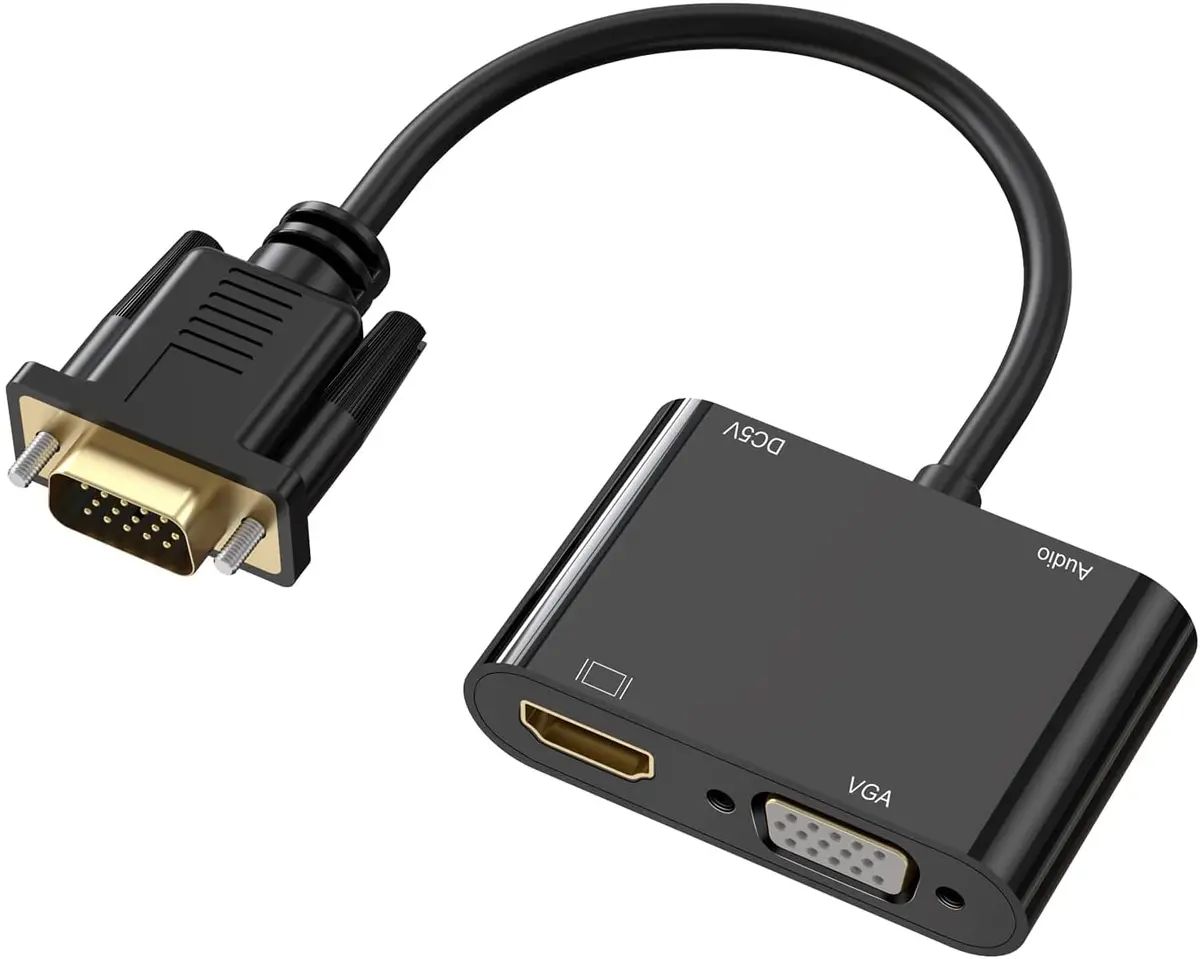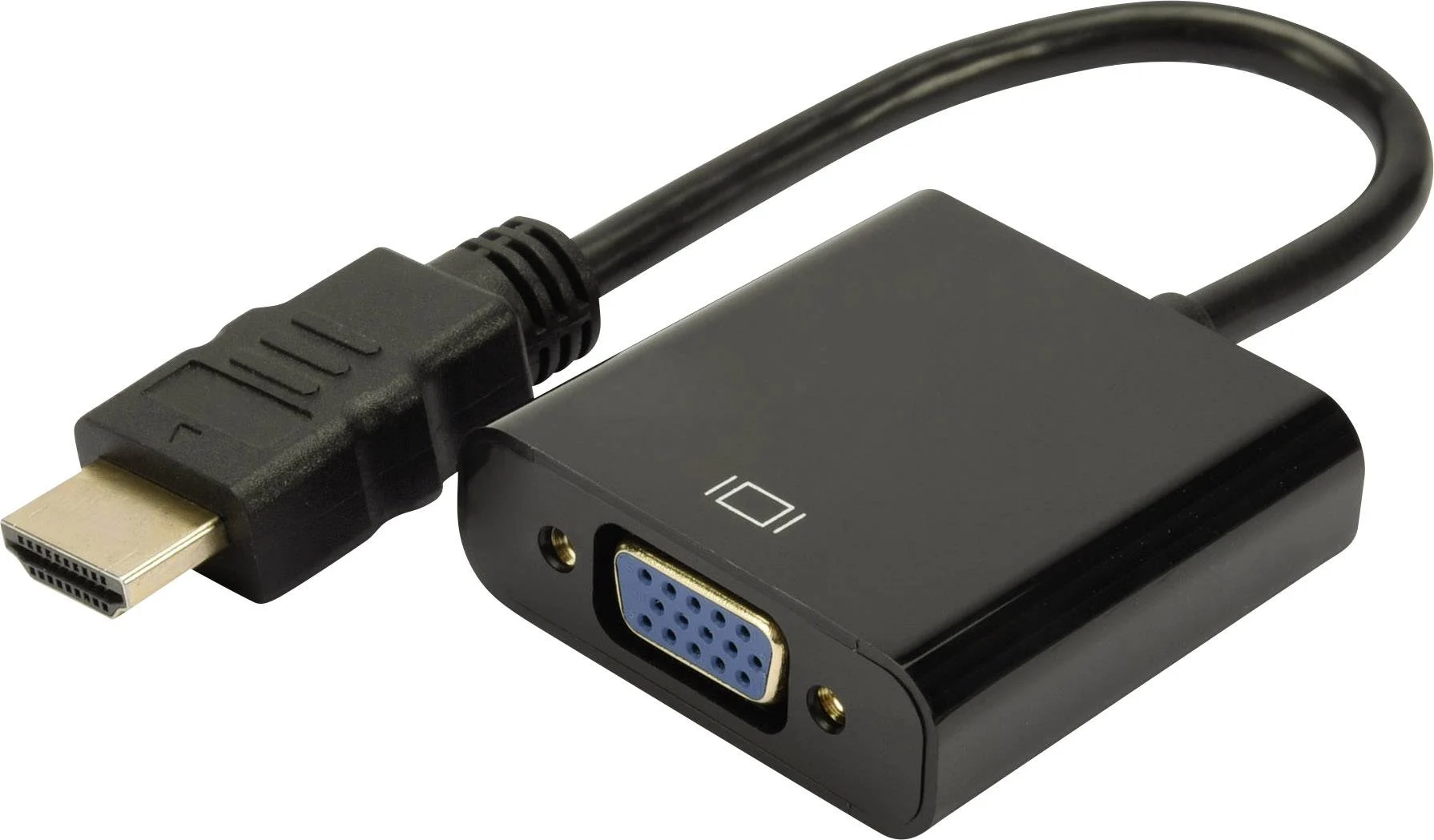Introduction
Welcome to our comprehensive guide on how to connect VGA to HDMI. If you have been struggling to figure out how to link your VGA device to an HDMI display, you have come to the right place. VGA (Video Graphics Array) and HDMI (High Definition Multimedia Interface) are two different video standards commonly used for connecting devices to displays. VGA is an older analog standard, while HDMI is a more modern digital standard that supports high-definition video and audio signals.
While VGA is still prevalent in many computer systems and older devices, HDMI has become the standard for high-quality multimedia connections. Many modern displays, such as televisions, monitors, and projectors, only accept HDMI inputs. Therefore, if you have a device with a VGA output, connecting it to an HDMI display may require the use of an adapter.
In this guide, we will explain the differences between VGA and HDMI and provide you with step-by-step instructions for connecting a VGA device to an HDMI display. We will also address some common troubleshooting issues that you may encounter along the way.
Whether you want to connect your laptop to a big-screen TV or use your VGA-enabled gaming console with an HDMI monitor, this guide will help you achieve your goal. By the end of this article, you will have the knowledge and confidence to navigate the world of VGA to HDMI connections and enjoy your media on a larger, high-definition display.
Understanding VGA and HDMI
Before we dive into the process of connecting VGA to HDMI, it’s essential to understand the differences between these two video standards. VGA, also known as Video Graphics Array, is an analog video interface that was first introduced in the late 1980s by IBM. It has long been the standard for connecting computers to monitors and projectors.
VGA uses analog signals to transmit video information, which means that the signal is susceptible to degradation and interference over long distances. While VGA supports resolutions up to 1920×1080 pixels, it cannot deliver high-definition video or audio signals like HDMI can.
On the other hand, HDMI, or High Definition Multimedia Interface, is a digital video and audio standard that was introduced in 2003. It quickly became the industry standard for connecting multimedia devices such as Blu-ray players, gaming consoles, and streaming devices to high-definition displays.
HDMI offers several advantages over VGA. First and foremost, it provides a digital signal, which results in better image quality and eliminates issues related to signal degradation. HDMI also supports higher resolutions, including Ultra HD (4K) and even 8K, allowing for a more immersive viewing experience.
In addition to transmitting video signals, HDMI also carries audio signals, eliminating the need for separate audio cables. This makes HDMI a convenient and streamlined solution for connecting devices to displays.
It’s worth noting that VGA and HDMI are not compatible with each other directly due to their fundamental differences in signal types. Therefore, connecting a VGA device to an HDMI display requires the use of a VGA to HDMI adapter or converter. These adapters convert the analog VGA signal to a digital HDMI signal, ensuring compatibility between the two standards.
Now that we have a basic understanding of VGA and HDMI, let’s move on to the process of connecting a VGA device to an HDMI display using an adapter.
Connecting VGA to HDMI using an Adapter
When it comes to connecting a VGA device to an HDMI display, using an adapter is the key. A VGA to HDMI adapter converts the analog VGA signal to a digital HDMI signal, allowing you to connect your VGA device to an HDMI display with ease.
There are a few different types of VGA to HDMI adapters available on the market. Some adapters are basic, plug-and-play devices that require no additional power source or software installation. These adapters typically have a VGA input port on one end and an HDMI output port on the other. All you need to do is connect the VGA cable from your device to the adapter and connect the HDMI cable from the adapter to the HDMI display.
Other types of VGA to HDMI adapters may come with additional features, such as audio support or built-in upscaling capabilities. These adapters may require an external power source or software installation to provide enhanced functionality.
It’s important to note that a VGA to HDMI adapter is unidirectional, meaning it can only convert signals from VGA to HDMI and not the other way around. If you need to connect an HDMI device to a VGA display, you will require a separate HDMI to VGA adapter.
Before purchasing a VGA to HDMI adapter, it is crucial to check the compatibility of the adapter with your specific devices. Ensure that the adapter is compatible with the resolutions and audio formats supported by your VGA device and HDMI display.
Overall, using a VGA to HDMI adapter is a convenient and cost-effective solution for connecting VGA devices to HDMI displays. It allows you to extend the lifespan and usefulness of your VGA devices by enabling them to work with modern HDMI displays.
In the next section, we will provide you with a step-by-step guide on how to connect a VGA device to an HDMI display using an adapter.
Step-by-Step Guide: Connecting VGA to HDMI
Now that you have a VGA to HDMI adapter, let’s walk through the step-by-step process of connecting your VGA device to an HDMI display:
- First, ensure that both your VGA device and HDMI display are powered off.
- Locate the VGA output port on your device. It is usually a blue female connector with 15 pins arranged in three rows.
- Connect one end of the VGA cable to the VGA output port on your device.
- Locate the HDMI input port on your display. It is typically a small rectangular female port.
- Connect the other end of the VGA cable to the VGA to HDMI adapter.
- Insert the HDMI cable into the HDMI output port on the adapter.
- Take the other end of the HDMI cable and connect it to the HDMI input port on your display.
- Once all the connections are secure, power on your VGA device and HDMI display.
- Using the input selection or source button on your display, choose the HDMI input to which you have connected the VGA device.
- If necessary, adjust the display settings on your VGA device to match the resolution and refresh rate supported by your HDMI display.
That’s it! You have successfully connected your VGA device to an HDMI display using the VGA to HDMI adapter. The video and audio signals from your VGA device should now be displayed on the HDMI display.
If you encounter any issues, double-check your connections and make sure that the adapter and cables are securely connected. You may also need to consult the user manuals of your VGA device and HDMI display for further troubleshooting steps.
Now you can enjoy your multimedia content on a larger, high-definition screen, thanks to the VGA to HDMI adapter.
Troubleshooting Common Issues
While connecting VGA to HDMI using an adapter is generally straightforward, you might encounter some common issues along the way. Here are a few troubleshooting steps to help you resolve these problems:
No Signal: If you are not getting a signal on your HDMI display, double-check that all the connections are secure. Ensure that the VGA cable is properly connected to both the VGA device and the adapter, and that the HDMI cable is securely plugged into the adapter and the HDMI display. Also, confirm that both the VGA device and HDMI display are powered on.
Incorrect Resolution: Sometimes, the resolution of your VGA device may not match that of your HDMI display, resulting in an inappropriate or stretched image. Check the display settings on your VGA device and adjust them accordingly to match the supported resolution and refresh rate of your HDMI display. Experiment with different settings until you find the one that works best for you.
No Audio: Although VGA does not carry audio signals, some VGA to HDMI adapters have built-in audio support. If you are not getting audio on your HDMI display, ensure that the adapter you are using has audio capabilities. You may need to connect an additional audio cable from the audio output of your VGA device to the audio input of the adapter or your HDMI display, depending on the adapter’s specifications.
Compatibility Issues: It is essential to check the compatibility of the VGA to HDMI adapter with your specific devices. Make sure that the adapter supports the resolutions, refresh rates, and audio formats of your VGA device and HDMI display. Refer to the user manuals or contact the manufacturer for compatibility information if necessary.
Power Issues: Some VGA to HDMI adapters require an external power source to function properly. If your adapter is not working or displaying a signal, check if it requires power and ensure that it is receiving power from a suitable source. Additionally, consider using a different power outlet or cable to rule out any power-related issues.
If you have tried these troubleshooting steps and are still unable to resolve the issue, it may be helpful to consult with the manufacturer of your VGA device, HDMI display, or the adapter itself. They can provide additional guidance and support in troubleshooting and resolving any compatibility or technical issues you may encounter.
Remember, troubleshooting is a process of trial and error. Be patient, and don’t hesitate to seek assistance if needed. With some perseverance, you will be able to successfully connect your VGA device to an HDMI display using an adapter.
Conclusion
Connecting a VGA device to an HDMI display may seem daunting at first, but with the right adapter and the knowledge we have provided in this guide, it can be a simple and achievable task. VGA and HDMI are different video standards, and using a VGA to HDMI adapter is essential to bridge the gap between these two technologies.
We discussed the differences between VGA and HDMI, highlighting the advantages of HDMI, such as better image quality, higher resolutions, and audio support. We also explained the importance of selecting a compatible VGA to HDMI adapter and provided a step-by-step guide on how to connect your VGA device to an HDMI display.
Additionally, we addressed common troubleshooting issues that users may encounter during the process, offering tips to help resolve these problems. Remember to double-check your connections, adjust display settings, and ensure compatibility to overcome any obstacles along the way.
By following the instructions and troubleshooting tips provided in this guide, you can enjoy your VGA device’s content on a larger, high-definition HDMI display. Whether you want to connect your laptop to a TV, use a VGA-enabled gaming console on an HDMI monitor, or any other scenario, the VGA to HDMI adapter will enable you to do so.
If you still encounter difficulties or have specific questions regarding your setup, it is always advisable to consult the user manuals of your devices or reach out to the manufacturer for further assistance. They can provide you with the most accurate and up-to-date information tailored to your specific setup.
Now that you have the knowledge and confidence to connect VGA to HDMI, it’s time to enjoy your multimedia content on a bigger and better screen. Upgrade your viewing experience and take advantage of the versatility offered by the VGA to HDMI adapter.







